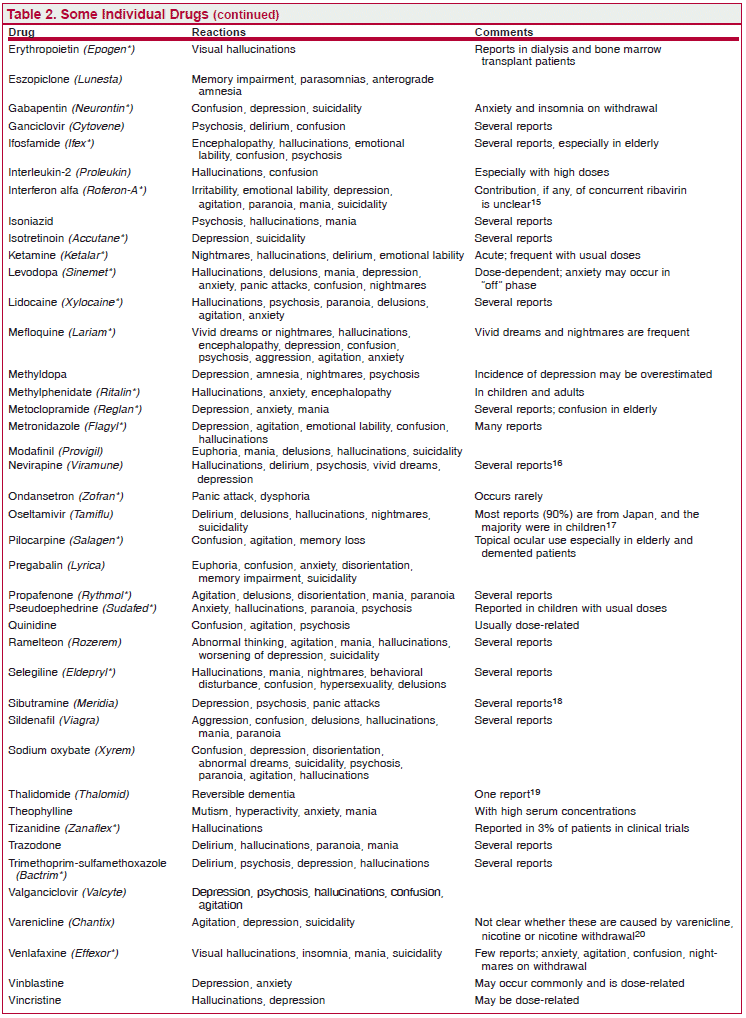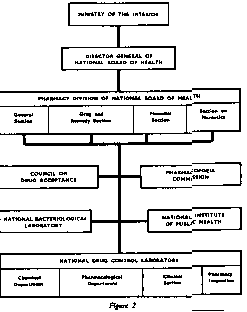List Of Class 2 Narcotics
Types of Narcotic Drugs Whether they are pharmaceutically produced or made in home laboratories, narcotics are drugs produced from a base of. Often called 'opiate drugs' in order to differentiate them from other classes of drugs, they are the same things. Opiate drugs are also called opioids. This term has come into use because many people believe the term narcotic is interchangeable with drug. For this reason, it is important to begin the discussion with a definition of the term 'narcotics.' Its origin began when a Greek physician used the Greek word narcosis to describe all drugs that made people sleep, dulled the senses, or numbed and treated pain. History of Opium Opium was first used in Mesopotamia around 3400 BC.
Drug Classifications, Schedule I, II, III, IV, V The FDA has been overseeing drugs in the US since the beginning of the 20th century. In 1970 the FDA released the following drug classifications, or drug schedules, under the Controlled Substance Act (CSA). Schedule 2 Narcotics List – Drug Types. Drug schedules run from Schedule 1 to Schedule 5. Schedule 1 class listings consist of illegal narcotic drugs, such as heroin and cocaine. Drugs listed on the Schedule 2 narcotics list represent the highest grade prescription medications available. Octoplus box crack without box.

Schedule Ii Drugs

It was passed along, through ancient cultures in the Middle East for use as a pain reliever and for its pleasurable effects. Free audio mp3 songs download. The Sumarians called the Hul Gil, which means “joy plant.” It spread into Egypt and Greece, becoming more widely used as travel became popular and has spread around the world. Today, most opium is grown in Afghanistan and is part of the reason for ongoing war in that nation. The first medications were made from poppies and smoked for their beneficial and euphoric effects. More recreational than medicinal, opium was first introduced into China in approximately 400 AD. They began widespread cultivation and use of opium for medicinal purposes. For several hundred years, there was little or no opium used in Western culture, due to the nature of belief in Eastern “mysticism” as conflicting with Reformation beliefs throughout Europe. Crystal reports viewer online.